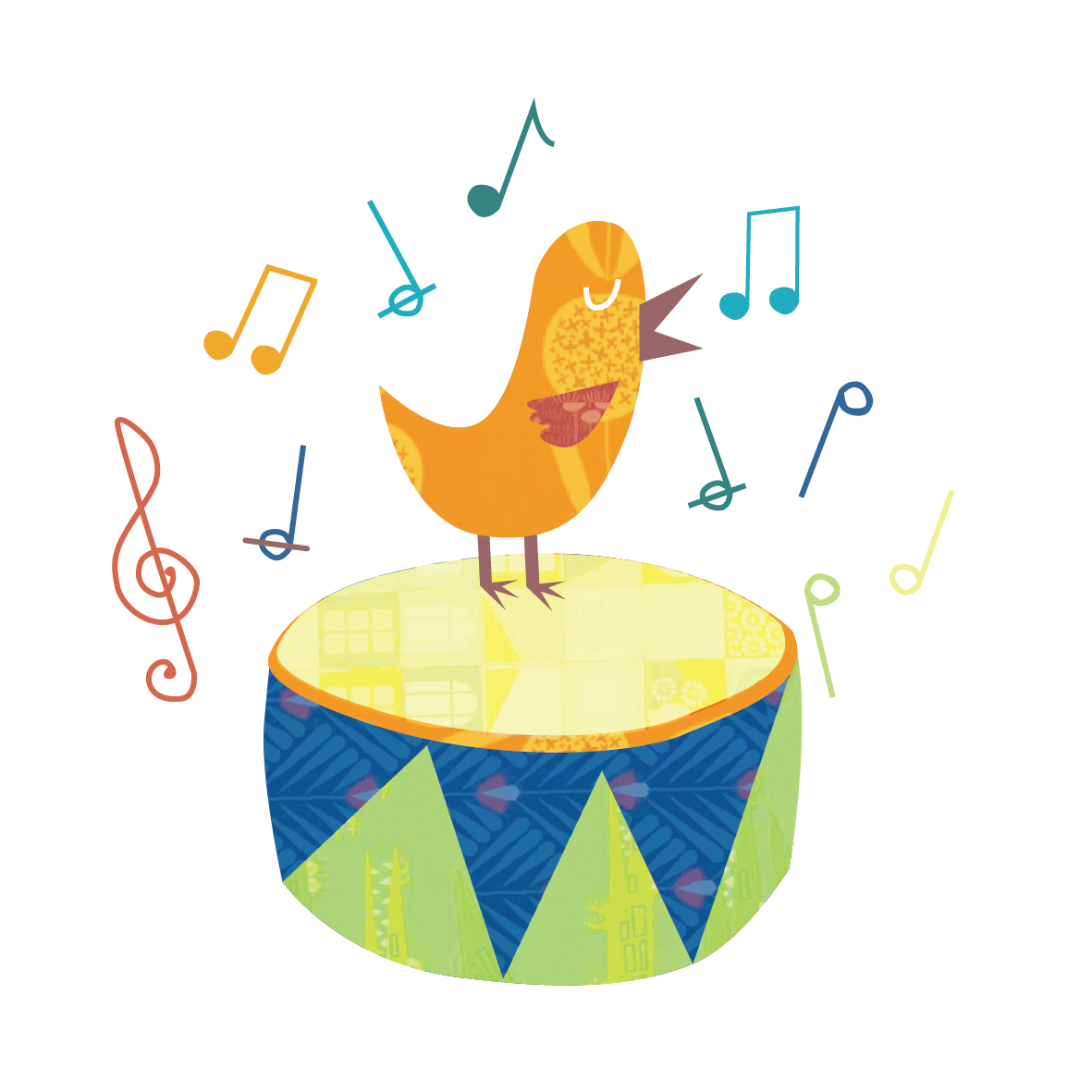Grow your children’s brains with these sound activities for preschoolers
My husband and I share our home with our two young children. Our boys are often loud. They love to bang, crash and BOP, just like their dad, who’s a drummer.
Unless someone is sleeping, we usually let them. Why? Surely living in a quieter household would be better for my nerves?!
We don’t stop them because they are learning.
Children learn so much from sound experiments and musical play
When my children bang, crash and BOP, the listening games and sound experiments they’re playing are creating changes in their brains.
And if you know ANYTHING about us at Sounds Like This, it’s that we embraced ANYTHING that brings positive brain-changing benefits to your children.
We’ve already talked about the MANY benefits of music for early childhood development, but children also benefit when they engage in active musical and sound exploration on their own.
They’re learning about the science of sound
They’re learning about how sound is created and moves and stops, and that THEY are in charge of that.
They’re learning about physics, vibration, and the resonance properties of different materials.
They’re learning about cause and effect
They’re learning that when they hit something hard it sounds louder and when they’re gentle it sounds softer.
They’re learning that when they put their hand on the pot they just whacked with a wooden spoon, they stop it from vibrating and therefore stop the sound.
Motor skills development
They are building their muscles and developing more control and intent in their dynamic (volume) contrasts.
Learn more about the benefits of music making on motor skills development.
Voice awareness and development
They’re learning about using their voices. Our first son spent the best part of a year calling “hello” in undercover car parks.
He was listening for the echo. He waited to hear how many he could get back. He changed the volume and length of the “hello” to change the response. He figured it out for himself and every time he did his face lit up with an “AH HA!” moment.
You want these moments. You want your children interested. Interested children are involved and excited about their own learning and these children learn A LOT!
You want to let them explore sound and to do it on their own terms.
Learn more about the benefits of music making on language development.
How to bring play-based learning into sound experiments and activities in kindergarten and preschool
When we talk about play-based learning, it means don’t interrupt. It means that, though you’re the grown up, you’re not in charge.
However well intended you may be, a child will learn FAR more by figuring things out for themselves in a child-led way.
Sure, you can create an environment conducive to play. We love to sprinkle props around a space for the children to interact with. We may even provide them with a few prompts.
But then we back off and let them have at it.
There are many ways to hit a pot with a spoon and they’ll all create different sounds. But there isn’t a right or wrong way, a right or wrong sound. Just different.
When you let your kids play naturally, they’ll discover this for themselves — and they may even create peer-led learning, inviting others to join in the fun.
PSST! We have an online early childhood educator PD that will give you plenty of ideas and confidence to introduce more music making into your early learning setting. Grab a FREE tutorial on us today!
7 great sound activities for your kids
There are many ways you can incorporate child-led sound experiments and activities into your space.
Create wobbly lines with a pipe cleaner and run your hand up and down the fresh valleys and mountains you’ve made, lowering your voice with each dip and raising it with each rise. Then let the children choose where to take it from there.
Leave colourful rice out, along with vessels of different sizes and materials. Let the children explore pouring the rice into the different shapes and hearing the different sounds they create.
We LOVE a marble tree! Let your children experiment with rolling different things down the tree to hear the different effects they can create. They may toss multiple marbles down it or a single big wooden ball.
Sing different nursery rhymes to help children identify different sound patterns.
Introduce children to different musical genres. Perhaps you can have a daily or weekly theme! Today could be country music, tomorrow classical.
Use percussive instruments for little children to shake and bang and discover the sounds they can make. Egg shakers are great because they create different sounds based on how the egg is shaken and held.
Bring music making into your daily routine. We love greeting and farewelling children with our hello and goodbye songs. But our Pack Up song has proven so effective that many of our parents say they still use the song YEARS after attending our classes to stir their children into action.
Looking for more sound activities to bring into your early learning setting (they’re also great to take home with you!).
We have an online membership program that will give you HUNDREDS of new music making ideas — with new videos being added all the time! Access two free session ON US!
By Julie Murray
Owner and Teacher at Sounds Like This



